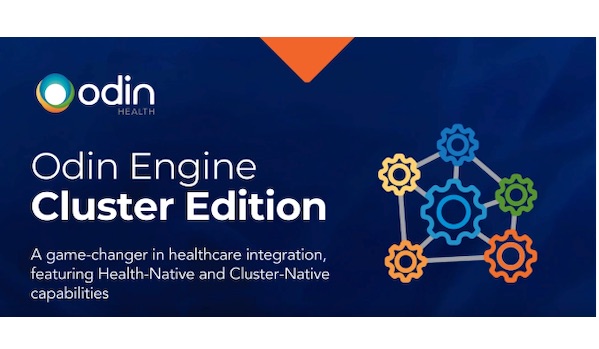How a 4000-Bed HIMSS Level 7 Hospital Overcame New Integration Challenges?
November 07, 2024

Integrate 46 new systems and 74 existing systems across 49 vendors, with 762 interfaces involved——all in just 4.5 months.
New Challenges
For Peking University People’s Hospital (PKUPH), reaching HIMSS Level 7 in 2014 was just the beginning. Over the past decade, the hospital has confronted new challenges, including:
- • Daily outpatient visit from 3,000 to 18,000+: With three campuses and over 4,000 beds, the hospital’s daily outpatient visits have grown substantially—from an initial 3,000 to the current level of over 18,000 visits each day.
- • System instability: Despite having a world-renowned ESB (Enterprise Service Bus), the existing system is hard to keep up with the hospital’s current needs, resulting in instability issues.
- • High TCO: Frequent patches and adjustments are needed to meet requirements, pushing up total cost of ownership(TCO).
- • Technical complexity: The ESB’s steep learning curve added to operational inefficiencies and limited usability for the hospital’s technical teams.
The replacement of this legacy system was clear, but the road wasn’t simple. In the first phase alone, the hospital needed to integrate 46 new systems and 74 existing ones across 49 vendors, with 762 interfaces involved—— all within just 4.5 months.
Redefining Integration Needs
To overcome these demands, the hospital required an advanced integration solution with specific characteristics:
- • All-in-One: A unified platform capable of serving all campuses, eliminating the need for multiple configurations across different locations.
- • Health-Native: Full support for healthcare standards such as DICOM, HL7 (v2,v3 and FHIR)...
- • Scalability for Future Growth: The platform needed to scale to accommodate increasing patient visits and data volume.
Solution: Odin Engine Cluster Edition
The hospital finally turned to Odin Engine Cluster Edition, a true game changer in healthcare Intergration.

- • Centralised, All-in-One: Odin Engine provided centralised control for multi-campus management, facilitating real-time data sharing and offering an all-in-one solution that enables managing, monitoring, configuring, maintaining and operating all integration activities through a single pane of glass —— enhancing visibility, simplifying administration and maintenance, and ultimately reducing total cost of ownership (TCO).
- • Health-Native Design: Supported comprehensive healthcare standards, featuring FHIR-based APIs and FHIR-enabled capabilities, realising seamless integration across diverse systems.
- • High Availability, Resilience, and Scalability: With Odin’s active multi-node clustering, PKUPH achieved not only stability but also a foundation for growth. The system currently processes over 43 million messages daily, a workload far below its tested capacity of up to 430 million messages, demonstrating its readiness to support the hospital’s expanding data needs well into the future. This robust infrastructure eliminated single points of failure, ensuring 24/7 operational stability while meeting PKUPH’s high demands for availability, concurrency, and scalability.
Result
PKUPH’s successful adoption of the Odin Engine Cluster Edition marked a milestone in achieving multi-campus control with a single integration engine. This accomplishment provides valuable insights for similar implementations in regions like the United States IDNs, paving the way for global digital transformation.